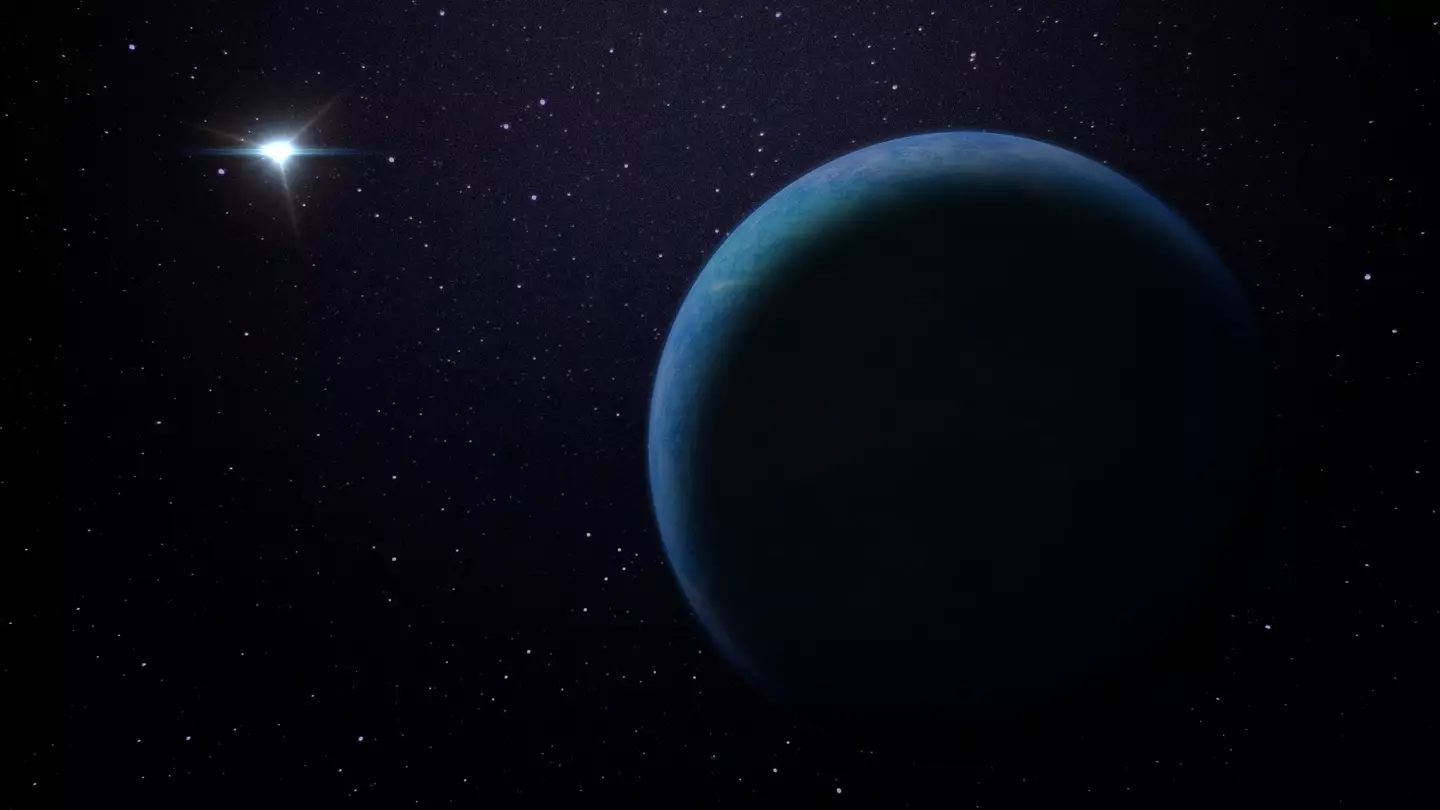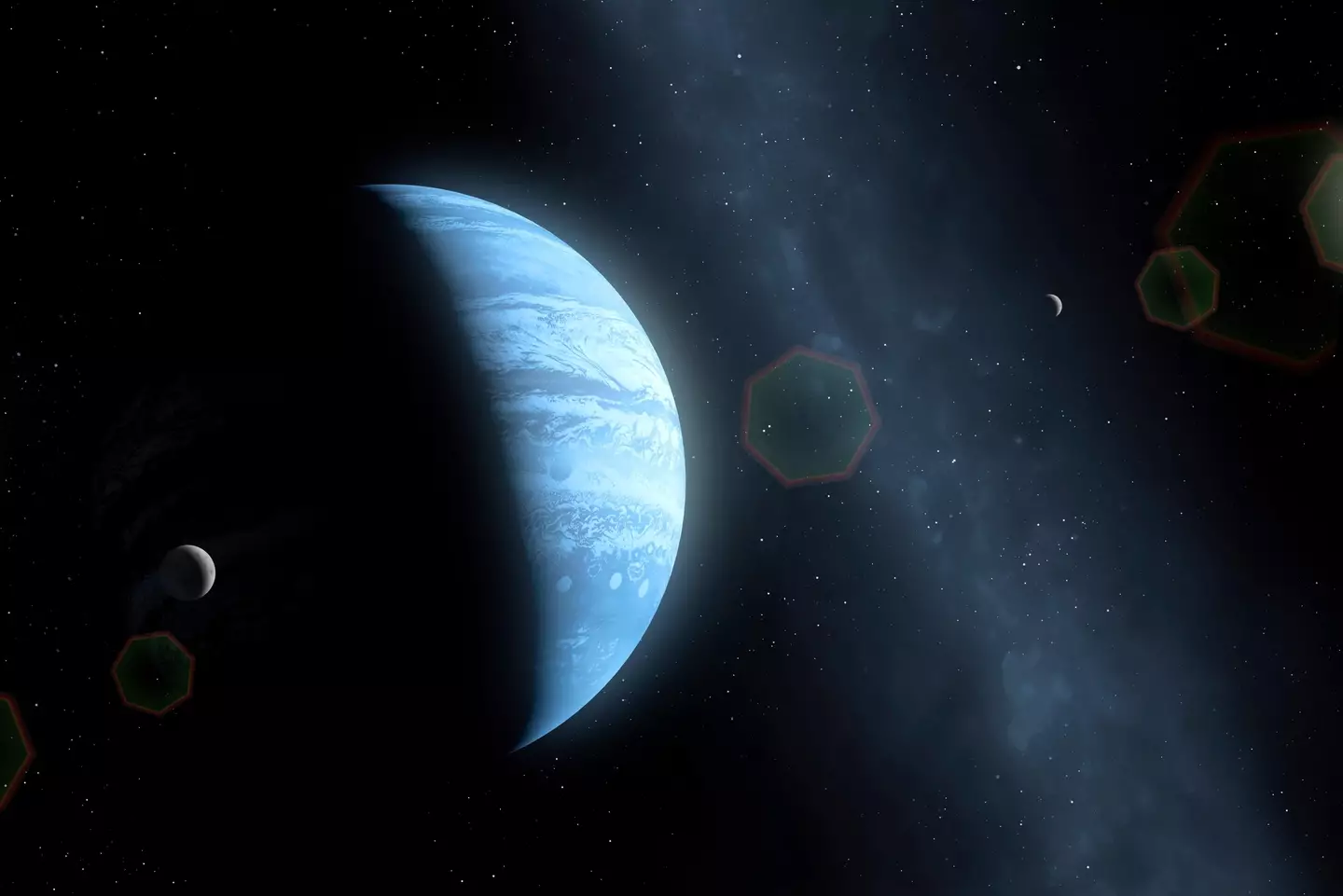
Astronomers have taken a step closer to finally discovering the location of 'Planet Nine' - a hypothetical planet thought to exist on the very fringes of our solar system.
Purported to be roughly the size of Neptune, the search has been on to locate it ever since a team from the California Institute for Technology stumbled upon something remarkable back in January 2015.
They observed that the alignment of an array of distant worlds in our solar system seemed to all have the same perihelion - or closest point to the sun. With this in mind, they deduced that something gigantic in size had to have pulled them into these orbits.
A recent study has renewed hopes that Planet Nine could eventually be discovered.
Advert
The Dark Energy Survey (DES) is a collaborative effort, involving researchers around the world, to try and map hundreds of millions of galaxies.

“The dark energy survey has some of the deepest resolution images, which means we can see objects that are 100 times fainter than in other surveys,” Matthew Belyakov, a student at University of Pennsylvania’s department of physics and astronomy - who has recently joined the search - told Inverse.
“So it provides us with a much deeper coverage and we can eliminate almost all potential candidates that we've generated.”
Advert
Having generated some 100,000 simulated 'objects' that had the potential to be Planet Nine, the data from DES allowed astronomers to discount a five percent area where no potential Planet Nine objects were found.
“So basically, we are pretty confident we don't need to search this area again,” Belyakov added.
It was two astronomers from Caltech, Konstantin Batygin and Michael Brown, who first dubbed this mysterious mass 'Planet Nine'.
With a hypothetical mass that is roughly 10 times that of Earth, it seems rather incredible that no official sightings have ever been recorded.
Advert

Then again, the fact that it takes between 10,000 and 20,000 Earth years to fully orbit the sun gives you some idea as to how far away it really is.
Not all experts are on the same page regarding Planet Nine, however.
Kat Volk, associate staff scientist at the University of Arizona's Lunar and Planetary Laboratory, still has reservations about its existence.
Advert
“The evidence is mixed,” Volk explained to Inverse. "There are disagreements about how strong the evidence is for the specific Planet Nine that has been proposed but there are definitely some interesting things going on in the most distant trans-Neptunian objects.”
If you have a story you want to tell, send it to UNILAD via [email protected]
Topics: Space, Technology, Science
